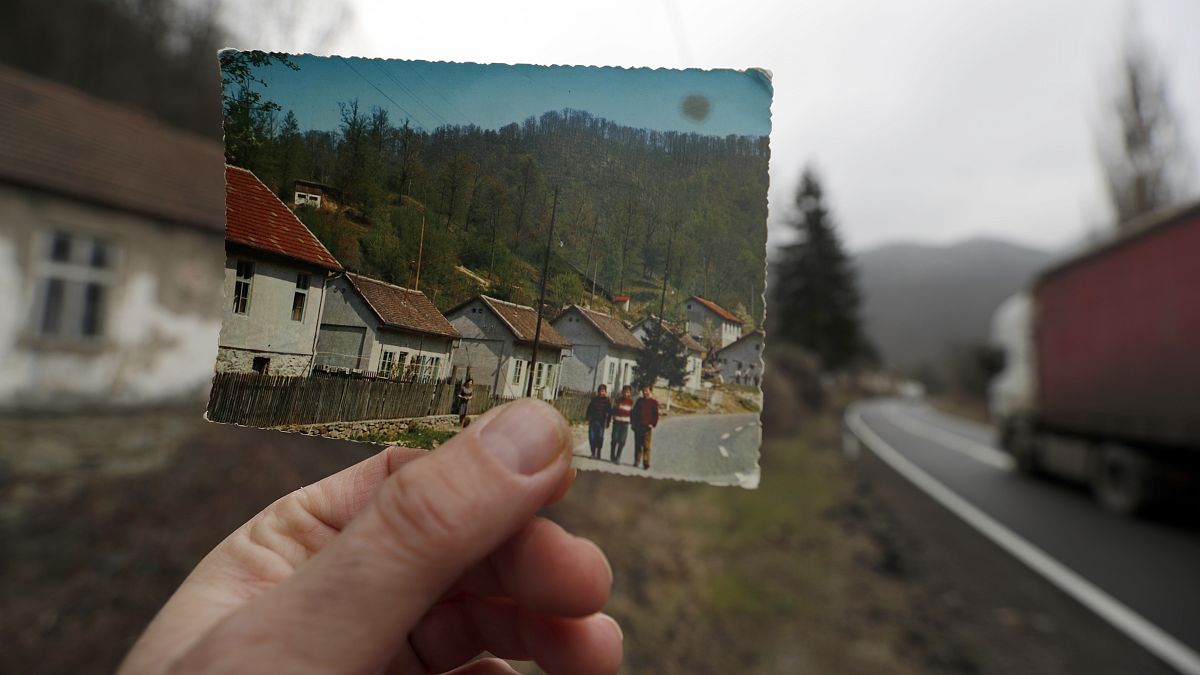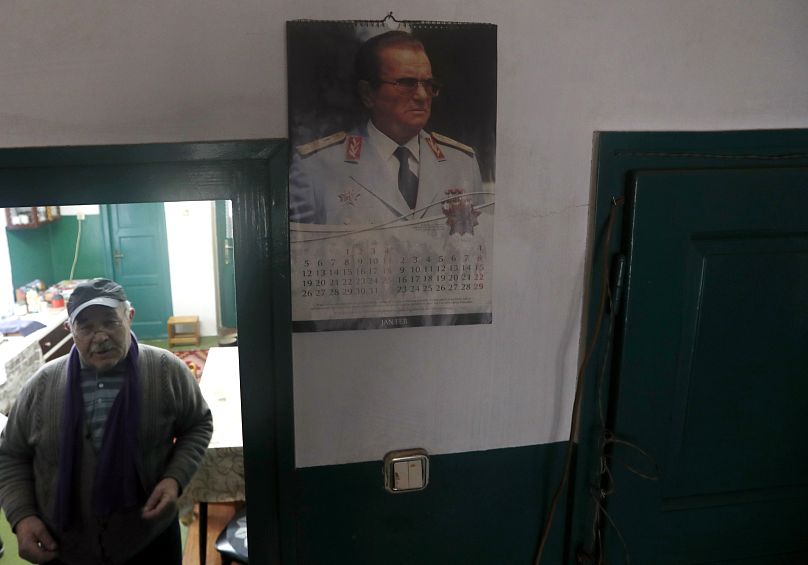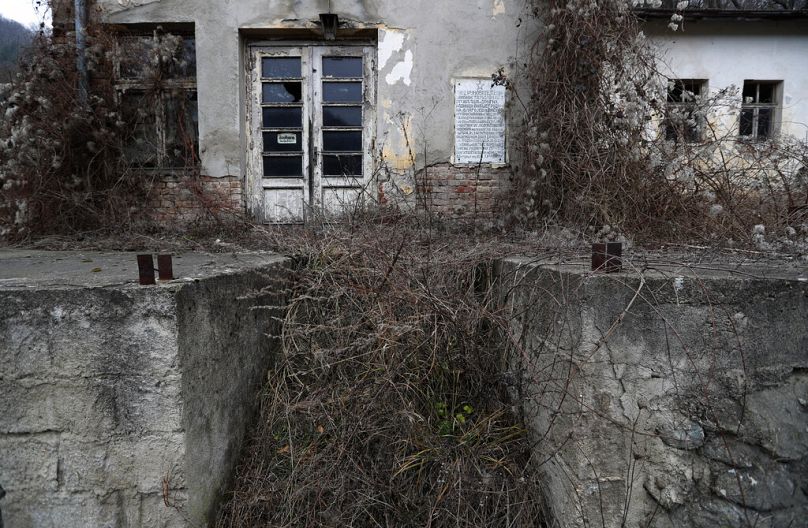Serbia's rapidly-declining population is causing international concern — and now the United Nations has stepped in to help with a special mission.
Uros Trainovic remembers when his mining village in eastern Serbia was a vibrant home to 200 families, had a school of its own, a doctor and a shop.
Sixty years later, what remains is a ghost village with only eight residents.
“It is such a pity and so sad that everybody left," the 71-year-old recalls. "Now there are only few of us and there are no young people any more.”
The decline of Blagojev Kamen is not unique in a country that experienced years of war and sanctions in the 1990s following the break-up of Yugoslavia.
Near-empty villages with abandoned, crumbling houses can be seen all over Serbia — a symptom of a shrinking population that is raising serious questions over the economic well-being of the country.
One town every year
The numbers look stark. According to the World Bank, Serbia’s population of just below 7 million is projected to fall to 5.8 million by 2050. That would represent a 25% fall since 1990.
The Serbian government says the Balkan country is effectively losing a town each year, and that as many as 18 municipalities have fewer than 10,000 people.
The decline is happening so fast that the United Nations has stepped in to help.
The U.N. Development Program and the U.N. Population Fund have assembled a group of seven international experts of different backgrounds and specialities for a fact-finding mission. They visited Serbia last month.
Wolfgang Lutz, a demographics expert at the International Institute for Applied Systems Analysis (IIASA), said that the main problem is related to the make-up of those leaving Serbia rather than the overall population decline.
He told the Associated Press that "it tends to be the better-educated, the more highly skilled, the more highly motivated mobile people who are leaving, and that is certainly a drain of the human capital.”
Nothing to return to Serbia for
Reflecting the decades of crisis are villages like Blagojev Kamen. It had flourished when a nearby gold mine kept the area alive before and after World War II, but its fortunes have sunk as the mine closed down in the mid-1990s.
Trainovic said there are still gold and other minerals in the mine but that it needs investment and hard work.
“One of my sons is in Germany and the other one is in Austria,” he said. “They visit often but they have nothing to return to.”
Serbia's government has tried to buck the trend, offering financial benefits for couples with multiple children, state-backed IVF, the renovation of schools and daycare centres, aid to families in rural areas or backing for businesses in villages.
Ruth Finkelstein, an assistant professor from Columbia University who is an expert on ageing and its social implications, said Serbia should also strive to find a role for its growing elderly population.
“Room after room, people focus only on the young people,” she said.
Balkan population decline
Serbia is not the only eastern European country worried by its population decline.
Its EU member neighbour, Croatia, has made the issue of "demographic challenges” a priority. Croatia's rural areas have been emptying at an alarming rate while more than 15% of Croatia's 4.2 million people are living and working abroad. Bulgaria and Ukraine are two others enduring population declines.
Stjepan Sterc, a prominent Croatian demography expert, thinks the efforts to deal with the problems so far across the Balkans are not enough and that the tax system has to be more focused on reversing the trends.
“Demography should be recognized as the essence of economic development so that the most important encouragement tool is directed toward it,” he said.


